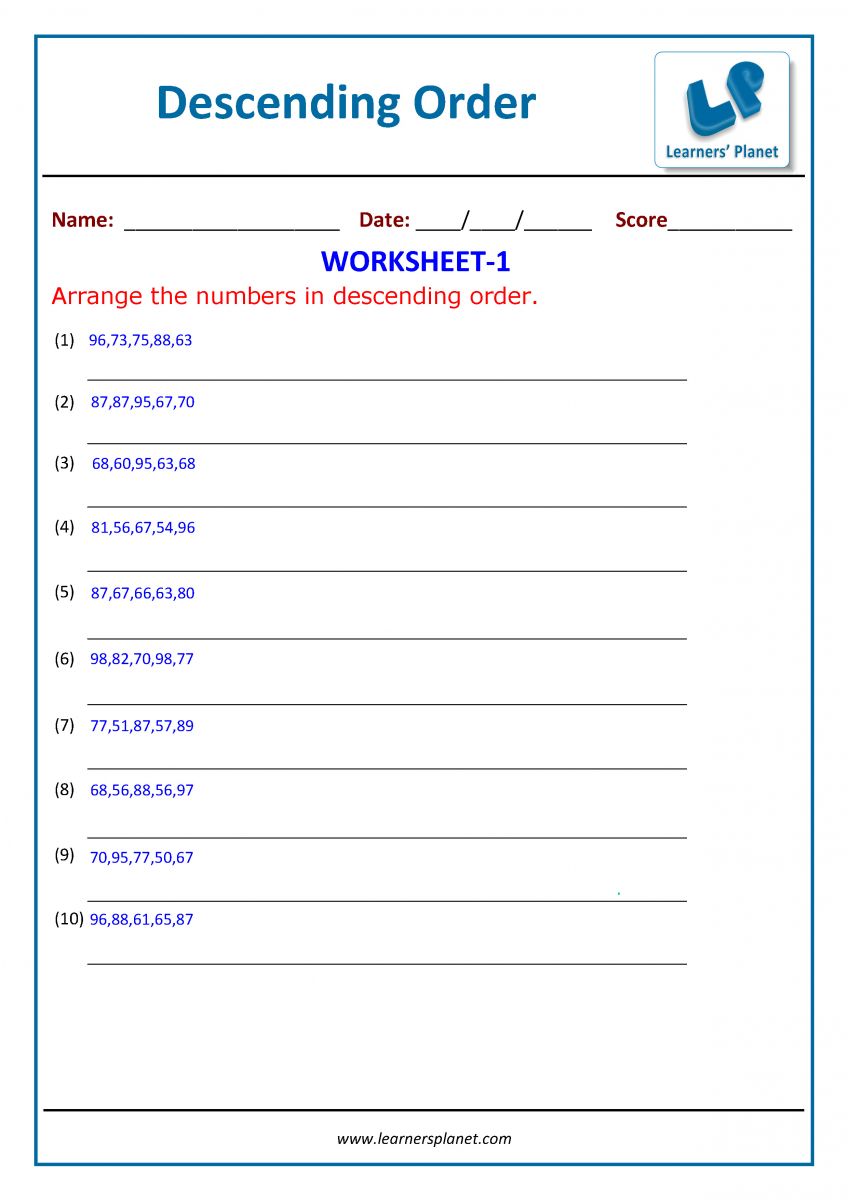


Qualitative discussions of electrical, chemical, heat, nuclear, light and sound energy, conversion from one form to another common examples.(v) Machines as force multipliers load, effort, mechanical advantage, velocity ratio and efficiency pulley systems showing the utility of each type of machine.Functions and uses of simple machines: Terms-effort E, load L, mechanical advantage MA = L/E, velocity ratio VR = VE/VL = dE / dL, input (Wi), output (Wo), efficiency (η), relation between η and MA, VR (derivation included) for all practical machines η <1 MA < VR.Pulley system: single fixed, single movable, block and tackle (using single tackle). Chemical energy, Mechanical energy, heat energy, electrical energy, nuclear energy, sound energy, light energy).Mechanical energy: potential energy U = mgh (derivation included) gravitational PE, examples kinetic energy K= ½ mv 2 (derivation included) forms of kinetic energy: translational, rotational and vibrational - only simple examples. (iv) Different types of energy (e.g. Definition of Power, P=W/t SI and cgs units other units, kilowatt (kW), megawatt (MW) and gigawatt (GW) and horsepower (1 hp = 746 W). Various units of work and energy and their relation with SI units. . Definition of energy, energy as work done.
Laws of refraction the effect on speed (V), wavelength (λ) and frequency (f) due to refraction of light conditions for a light ray to pass undeviated. Values of speed of light (c) in vacuum, air, water and glass refractive index µ = c/V,V = fλ. Applications of refraction of light.Partial reflection and refraction due to change in medium. Light(i) Refraction of light through a glass block and a triangular prism - qualitative treatment of simple applications such as real and apparent depth of objects in water and apparent bending of sticks in water. Application of this law to simple pendulum (qualitative only) .
Essential conditions forTotal internal reflection. Applications of total internal reflection.Transmission of light from a denser medium (glass/water) to a rarer medium (air) at different angles of incidence critical angle (C) µ = 1/sin C. (Simple numerical problems and approximate ray diagrams required).(ii) Total internal reflection: Critical angle examples in triangular glass prisms comparison with reflection from a plane mirror (qualitative only).
SONAR.(ii) Natural vibrations, Damped vibrations, Forced vibrations and Resonance - a special case of forced vibrations.Meaning and simple applications of natural, damped, forced vibrations and resonance.(iii) Loudness, pitch and quality of sound.Meaning of the terms and the factors affecting them (no examples). Sound(i) Reflection of Sound Waves echoes: their use simple numerical problems on echoes.Production of echoes, condition for formation of echoes simple numerical problems use of echoes by bats, dolphins, fishermen, medical field. Applications of lenses.(iv) Using a triangular prism to produce a visible spectrum from white light Electromagnetic spectrum.Deviation produced by a triangular prism dependence on colour (wavelength) of light dispersion and spectrum electromagnetic spectrum: broad classification (names only arranged in order of increasing wavelength) properties common to all electromagnetic radiations properties and uses of infrared and ultraviolet radiation.
Icse Class 10 Syllabus Series And Parallel
Heat(i) Calorimetry: meaning, specific heat capacity principle of method of mixtures Numerical Problems on specific heat capacity using heat loss and gain and the method of mixtures.Heat and its units (calorie, joule), temperature and its units (☌, , K) thermal (heat) capacity C' = Q/ΔT. Safety precautions, colour coding of wires. Units: SI and commercial Power rating of common appliances, household consumption of electric energy calculation of total energy consumed by electrical appliances W = Pt (kilowatt × hour = kW h), (simple numerical problems).(iii) Household circuits - main circuit switches fuses earthing safety precautions three-pin plugs colour coding of wires.Main circuit (3 wires-live, neutral, earth) with fuse / MCB, main switch and its advantages, need for earthing, fuse, 3-pin plug and socket Conventional location of live, neutral and earth points in 3 pin plugs and sockets. Electrical power measurement of electrical energy, W = QV = VIt from the definition of pd. Combining with ohm’s law W = VIt = I 2Rt = (V 2/R)t and electrical power P = (W/t) = VI = I 2R = V 2/R. Simple numerical problems using the above relations.Electrical energy examples of heater, motor, lamp, loudspeaker, etc. Ohm's law: statement, V=IR SI units graph of V vs I and resistance from slope ohmic and non-ohmic resistors, factors affecting resistance (including specific resistance) and internal resistance super conductors, electromotive force (emf) combination of resistances in series and parallel.
Common physical phenomena involving latent heat of fusion. Consequences of high specific heat of water.(ii) Latent heat loss and gain of heat involving change of state for fusion only.Change of phase (state) heating curve for water latent heat specific latent heat of fusion (SI unit). Principle of method of mixtures including mathematical statement. Natural phenomenon involving specific heat.
One example each of α and β decay with equations showing changes in Z and A. Uses of radioactivity - radio isotopes. Α, β and γ - their nature and properties changes within the nucleus. Radioactivity as spontaneous disintegration.


 0 kommentar(er)
0 kommentar(er)
